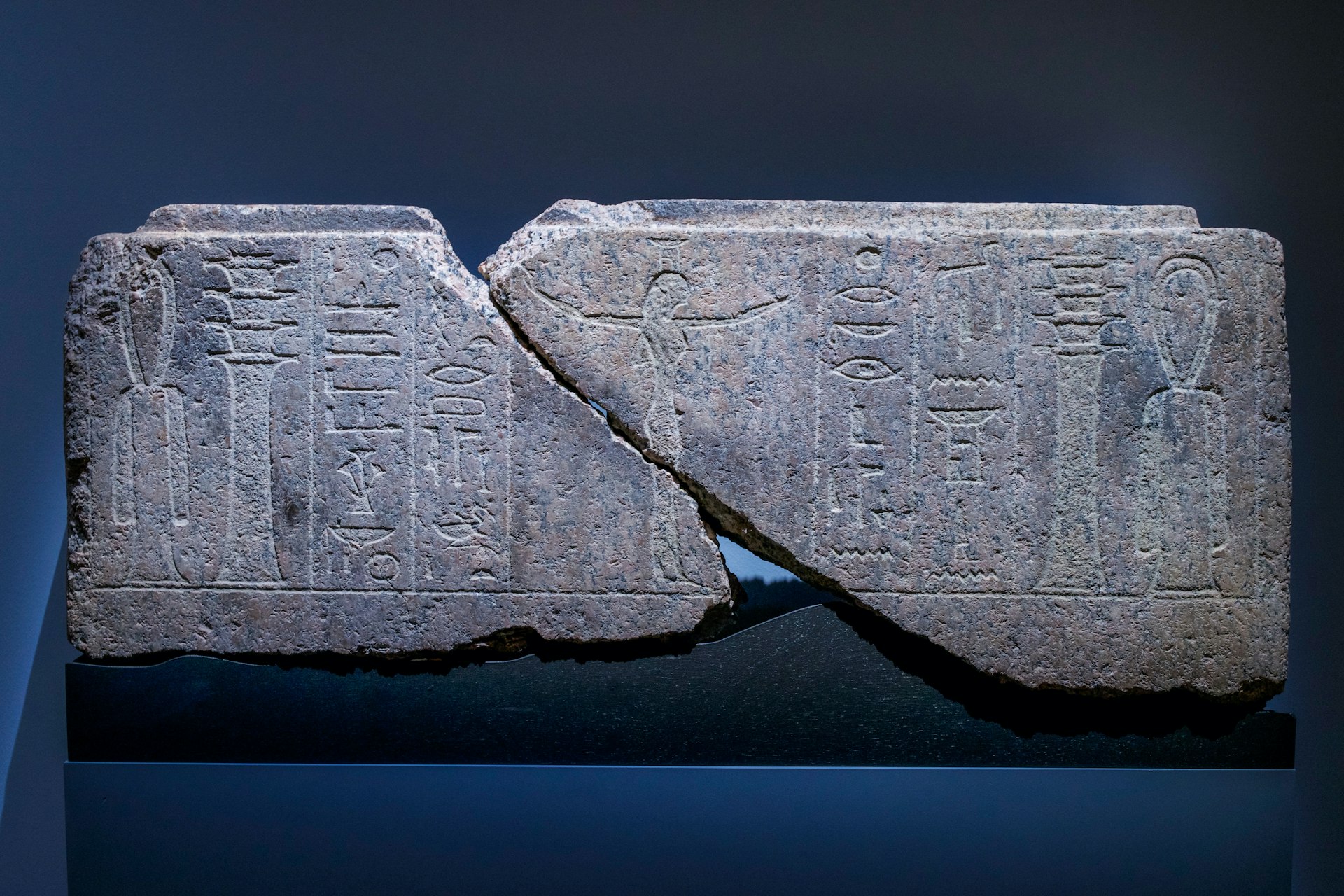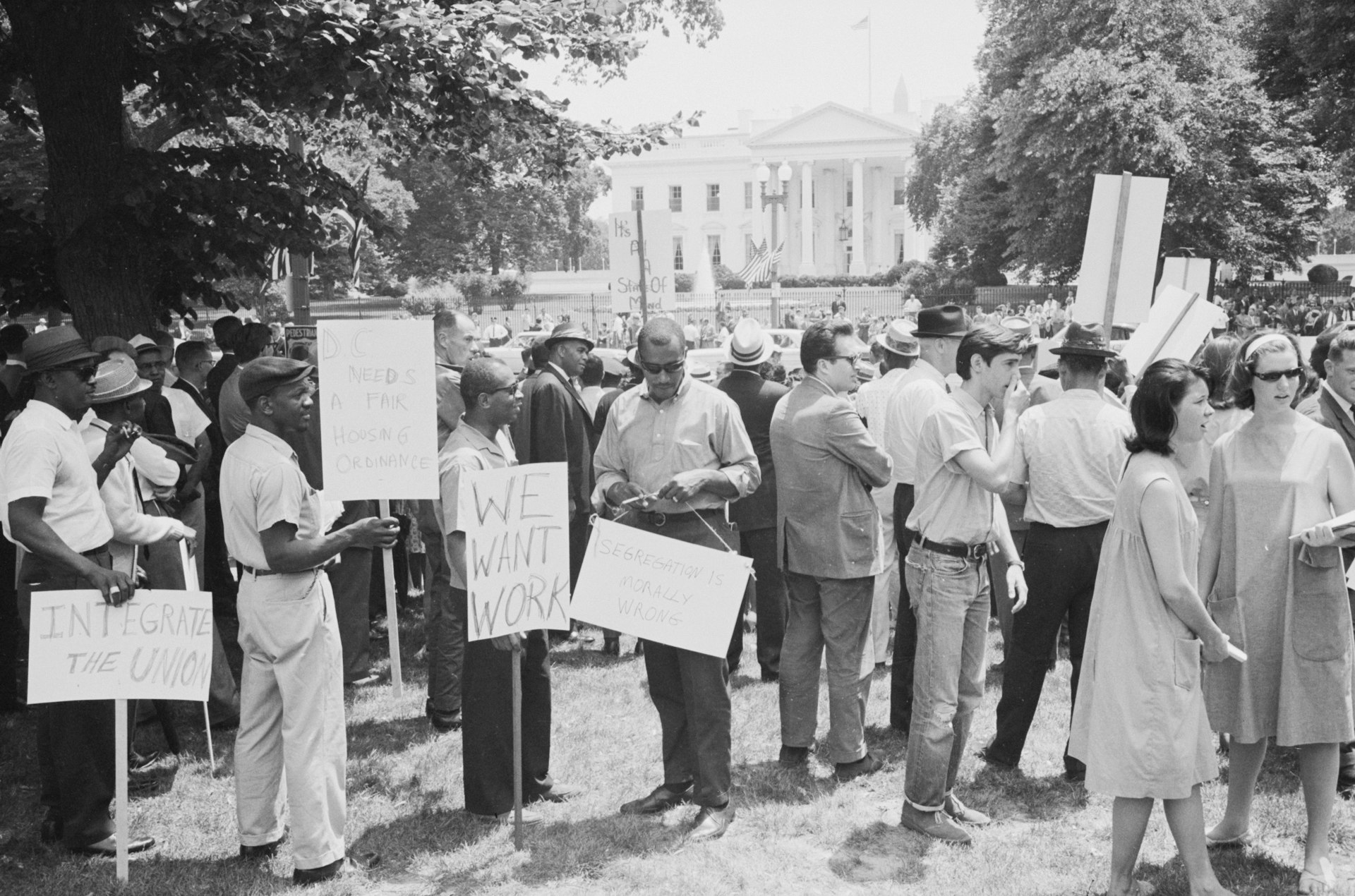Unlocking Growth: The Essential Role of Diversity in Career Development

Photo by Etactics Inc on Unsplash
Introduction: Diversity as a Catalyst for Career Growth
Diversity is more than a workplace buzzword. It is a driving force behind personal and organizational success, particularly in the realm of career development. When organizations value and actively pursue diversity, they position employees and themselves to thrive in a rapidly evolving, globalized world. But what exactly does diversity mean in this context, and how can individuals and organizations leverage its power for sustained growth?
Understanding Diversity in Career Development
Diversity in career development refers to the intentional inclusion of individuals from a wide spectrum of backgrounds-such as gender, age, ethnicity, culture, language, sexual orientation, ability, and professional experience-into every aspect of workforce planning, mentorship, and advancement [1] . This approach acknowledges that everyone brings unique perspectives and strengths to the table, which can enrich organizational culture and drive performance at every level.
The Benefits of Diversity for Career Advancement
Organizations that prioritize diversity in career development enjoy a range of tangible benefits. Here are some of the most significant:
1. Enhanced Creativity and Problem-Solving
Diverse teams have access to a wider variety of experiences, skills, and viewpoints. This diversity sparks creativity and innovation, leading to more robust problem-solving. Employees can draw inspiration from colleagues with different backgrounds, often resulting in breakthrough ideas and solutions that would otherwise be missed [1] .
2. Smarter, More Informed Decision-Making
Research shows that diverse groups make better decisions up to 87% of the time compared to non-diverse groups [1] . When organizations bring together individuals with varied perspectives, they benefit from more thorough analysis and consideration of potential outcomes, leading to improved business results.
3. Broader Skills and Adaptability
By embracing diversity, organizations cultivate a workforce with a broader skill base. This allows for greater adaptability and versatility in meeting client needs, launching new products, or entering unfamiliar markets [2] . Employees also gain exposure to new approaches, enhancing their own professional growth.
4. Improved Employee Retention and Satisfaction
Employees who feel seen, valued, and understood are more likely to remain loyal to their employers. Inclusive cultures foster mutual respect, which helps reduce turnover and the associated costs. Workers who can connect with colleagues and managers over shared or respected differences tend to be more engaged and satisfied [2] .
5. Greater Cultural Competence and Global Readiness
In today’s interconnected world, the ability to navigate diverse cultural contexts is essential. Teams with varied backgrounds develop stronger cultural competence, making them better equipped to collaborate with global partners and clients. This readiness can open doors to new markets and opportunities [3] .
Implementing Diversity in Career Development: Actionable Steps
Building a truly diverse and inclusive environment requires intentional action. Here’s how organizations and individuals can foster diversity in career development:
Step 1: Assess and Expand Recruitment Strategies
Start by evaluating current hiring practices. Are job postings reaching a wide audience? Are there unintentional barriers that may discourage applicants from underrepresented backgrounds? Consider partnering with community groups, posting on diverse job boards, and using inclusive language in recruitment materials. You may find useful guidance on expanding recruitment from professional associations or by consulting with diversity and inclusion specialists.
Step 2: Build a Diverse Coaching and Mentorship Network
Mentorship is a key driver of career development. Cultivating a network of coaches and mentors from diverse backgrounds ensures all employees can find relatable role models and advisors [3] . Organizations can encourage employees to join resource groups, participate in cross-cultural mentoring programs, or seek out external coaches with unique perspectives.
Step 3: Foster Inclusive Leadership
Inclusive leaders actively seek input from all team members, value different viewpoints, and encourage open dialogue. Training programs focused on cultural competence, unconscious bias, and inclusive management can help develop these skills. Professional bodies such as the Society for Human Resource Management (SHRM) may offer relevant certification or training programs. For more information, you can visit the official SHRM website and search for “diversity and inclusion training.”
Step 4: Set Measurable Goals and Track Progress
Establish clear benchmarks for diversity and inclusion, such as representation targets, promotion rates, or employee engagement metrics. Regularly evaluate progress and solicit feedback from staff to identify areas for improvement. Many organizations find that annual reports or diversity scorecards help maintain accountability and transparency.
Step 5: Create Safe Spaces for Dialogue and Learning
Encourage open conversations about diversity, equity, and inclusion. This might involve hosting workshops, facilitating discussion groups, or launching internal communication campaigns that highlight diverse stories and achievements. Ensuring psychological safety is vital so that employees feel comfortable sharing their experiences and suggestions.
Overcoming Challenges and Embracing Opportunities
While the benefits of diversity in career development are clear, organizations may face challenges such as resistance to change, communication barriers, or difficulty aligning on shared goals. Overcoming these obstacles requires persistence and a willingness to adapt:
- Addressing Unconscious Bias: Provide ongoing education to help employees recognize and address their own biases. This can create a more level playing field for all staff.
- Navigating Cultural Differences: Encourage cross-cultural training and foster an environment where questions and learning are welcomed. If language barriers exist, offer translation or language support services.
- Maintaining Momentum: Leadership must set the tone by consistently prioritizing diversity and inclusion, celebrating progress, and holding all employees accountable for results.
Real-World Example: Diversity in Career Coaching
An organization that invests in a diverse bench of career coaches-spanning gender, ethnicity, age, and professional background-provides employees with guidance that resonates on a personal level. For example, a young professional from a minority background may find it easier to discuss career aspirations and challenges with a coach who shares similar experiences. This tailored support can lead to more effective career planning and a stronger sense of belonging [3] .

Photo by Markus Winkler on Unsplash
How to Access Diversity-Driven Career Development Opportunities
If you are interested in advancing your career in a diverse environment or want to help your organization build a more inclusive culture, consider the following approaches:
- Explore internal employee resource groups and diversity networks. These communities often provide mentorship, professional development, and networking opportunities.
- Seek out external professional associations focused on diversity and inclusion, such as the National Diversity Council or DiversityInc. You can find these by searching their official names online or contacting local chapters.
- Participate in diversity, equity, and inclusion (DEI) training programs. Many universities and reputable organizations offer online courses and workshops. For example, Harvard Business School Online provides resources on DEI topics. To access these, visit the official Harvard Business School Online website and search for “DEI courses.”
- Connect with career coaches who have experience working with diverse populations. Ask your HR department for referrals or search for credentialed coaches through established organizations like the International Coach Federation.
- If you are interested in a career specifically in diversity and inclusion, explore roles such as diversity consultant, inclusion analyst, or employee experience specialist. Many job boards feature these roles-search for “diversity and inclusion careers” on major employment platforms.
Key Takeaways
Diversity in career development is a proven driver of innovation, adaptability, and personal growth. Both individuals and organizations benefit from embracing a wide spectrum of backgrounds and experiences. By implementing intentional strategies, fostering inclusive leadership, and seeking out diverse mentorship, you can unlock greater potential for yourself and your organization. For more tailored guidance, reach out to professional bodies, join relevant resource groups, or consult with diversity-focused career coaches.
References
- [1] Indeed (2023). 5 Advantages of Diversity in the Workplace.
- [2] Hult International Business School (2023). 13 Benefits and Challenges of Cultural Diversity in the Workplace.
- [3] Right Management (2022). Why Career Coach Diversity Is Essential for Developing the Workforce.
- [4] King’s College London (2023). Why Choose a Career Promoting Diversity and Inclusion?
- [5] Harvard Business School Online (2024). What is DEI and How to Champion It in the Workplace?



